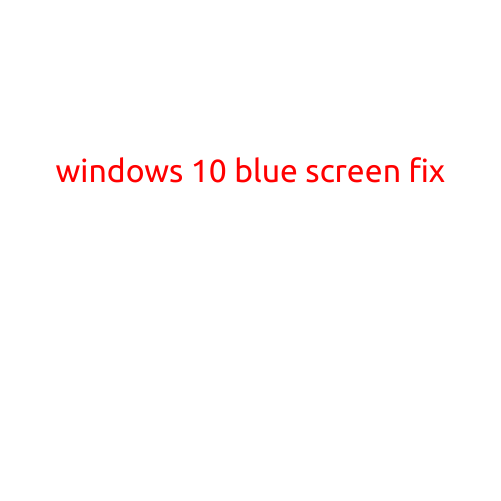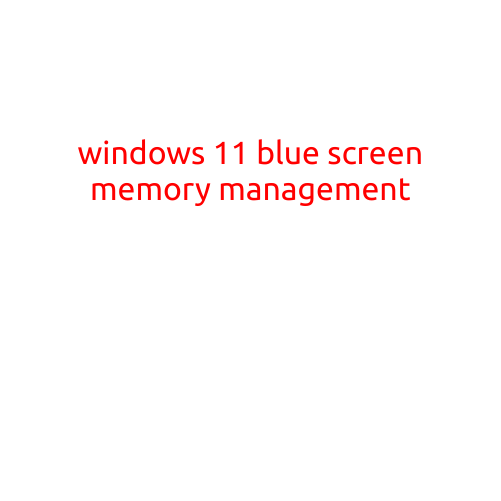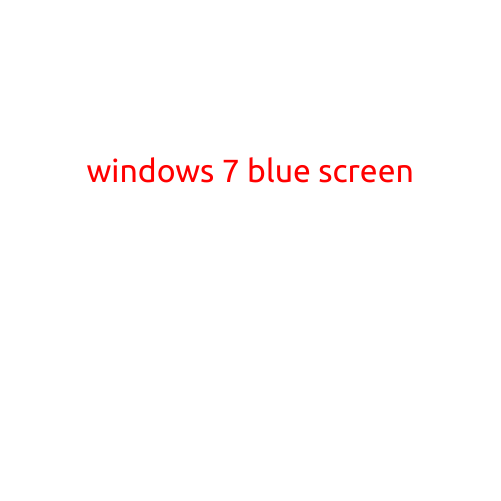
Wallpaper Blue Screen: Understanding and Fixing the Frustrating Issue
Are you tired of seeing a blue screen with a boring old wallpaper every time you turn on your computer or reboot it? If so, you’re not alone. The wallpaper blue screen issue is a common problem that many users encounter, and it can be frustrating and inconvenient. In this article, we’ll explain what causes the wallpaper blue screen, how to fix it, and some troubleshooting tips to get your computer running smoothly again.
What is the Wallpaper Blue Screen?
The wallpaper blue screen is a phenomenon where your computer’s desktop appears as a blue screen with a static wallpaper, instead of displaying the usual desktop background and icons. This issue can occur on both Windows and Mac computers, and it’s often accompanied by a blue screen of death (BSOD) on Windows machines.
Causes of the Wallpaper Blue Screen
There are several reasons why your computer might display a wallpaper blue screen:
- Corrupted System Files: Corrupted system files can cause issues with your computer’s operating system, leading to a wallpaper blue screen.
- Driver Issues: Outdated, missing, or corrupted device drivers can cause problems with your computer’s hardware, resulting in a blue screen.
- Malware Infection: Malware can encrypt or delete your wallpaper files, causing the blue screen issue.
- Improper System Configuration: Incorrect system settings or configuration can lead to a wallpaper blue screen.
- Hardware Issues: Hardware problems, such as a failing hard drive or faulty RAM, can cause the issue.
Fixing the Wallpaper Blue Screen
To fix the wallpaper blue screen, follow these steps:
- Restart Your Computer: Sometimes, a simple reboot can resolve the issue.
- Run a System File Checker (SFC) Scan: Run the built-in SFC tool to scan for and repair corrupted system files.
- Update Your Drivers: Check for and update your device drivers to ensure they’re up-to-date and compatible.
- ** Perform a System Restore**: If you’ve made recent changes to your system, try performing a system restore to a previous point when the issue didn’t occur.
- Run a Malware Scan: Use an anti-virus software to scan your computer for malware and remove any infections.
- Reset Your System Settings: If you’ve changed your system settings, try resetting them to their default values.
- Check Your Hardware: Run a diagnostic test on your computer’s hardware to identify any issues.
Troubleshooting Tips
If the above steps don’t resolve the issue, try the following troubleshooting tips:
- Boot in Safe Mode: Boot your computer in safe mode to identify if the issue is software-related.
- Use the F8 Key: Press the F8 key during startup to access the Windows Advanced Options menu.
- Check Your Event Viewer: Check your event viewer logs for any errors or warning messages related to the issue.
- Search Online: Search online forums and communities for similar issues and solutions.
Conclusion
The wallpaper blue screen is a frustrating issue, but it’s often caused by a simple problem that can be easily fixed. By understanding the causes of the issue and following the steps outlined in this article, you should be able to resolve the problem and get your computer running smoothly again. Remember to regularly back up your files and data to prevent data loss in case of a system failure.





